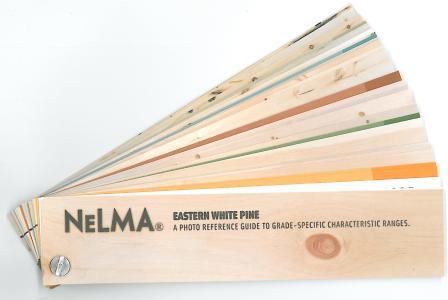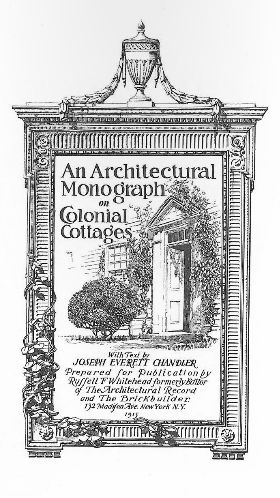
It’s that time of year again! The Eastern White Pine tree is best known for its beauty in the landscape and its unique suitability to all sorts of building and crafting purposes. But did you know it’s one of the nation’s most popular choices as a Christmas tree, too?
Many people simply head out to a Christmas tree lot and pick the tree that speaks to them, and that’s a great way to do it. Sometimes a particular tree just speaks to you! But it’s cool to know about the differences between varieties, because they’ll determine how long your tree lasts and how it will look once decorated.
The largest pine in the United States, the Eastern White Pine has a luxuriously full shape and soft, feathery needles that won’t prick you as you transport it and add ornaments. It has a beautiful but light aroma, so it won’t overwhelm your space or irritate those prone to allergies.

Some farms shear their Eastern White Pine Christmas trees into a more even conical shape, producing a beautiful result, but it’s good to know that sheared trees can result in a needle density that makes ornaments difficult to see. The light branches of this tree are best suited to smaller, lighter weight ornaments, as well as garlands strung along the outside of the tree. It’s also ideal for wreaths, garlands and swags.
One of the biggest bonuses to choosing an Eastern White Pine as your Christmas tree is the fact that, if it’s kept watered properly, it will retain its needles longer than average, and remain less of a fire hazard, especially if you use LED lights.
A beloved landscape tree, the Eastern White Pine can also be grown in your yard. Consider staggering plantings so you have an appropriately sized tree each holiday season to light up and decorate, whether you cut it down to bring it inside or leave it in place to grow tall and mighty.
Wondering about the history of Christmas celebrations in the United States? You might be surprised to learn that in the early days of colonial settlements, Christmas was unpopular with everyone but poorer fishing communities, who celebrated it with gusto. According to the New England historical society, the Puritans were scandalized by all the feasting, drinking, wassailing and serious demands for figgy pudding.
Christmas didn’t develop into the “wholesome” celebration it is today until the 1800s. Believed to originate in Germany in the 1600s, the Christmas tree was still an oddity here at the time, brought to the states by German immigrants in Pennsylvania. It didn’t really catch on until Queen Victoria made it popular in England, and the practice spread to the East Coast in the ensuing decades.
Wreath image via Woodies Garden Goods


